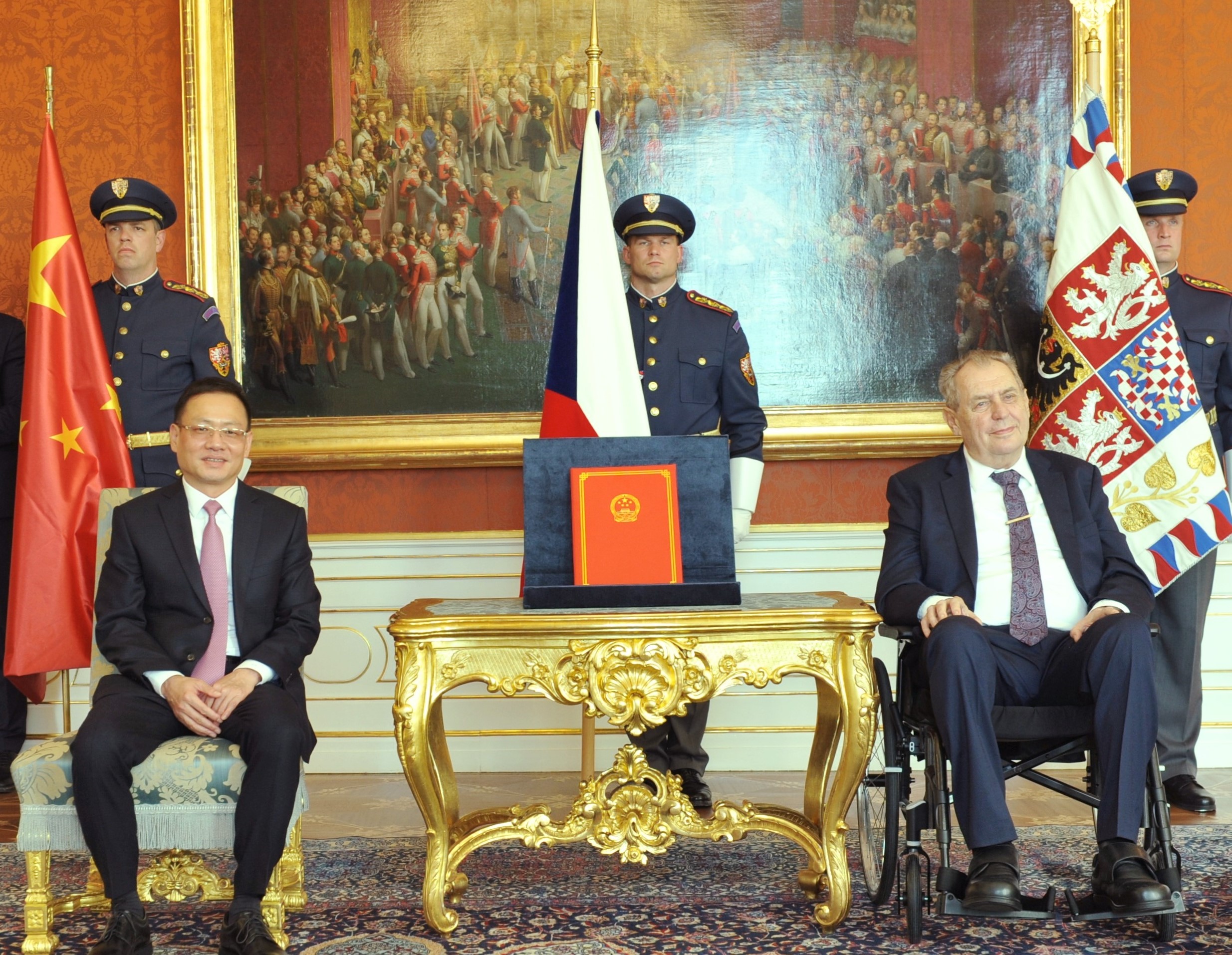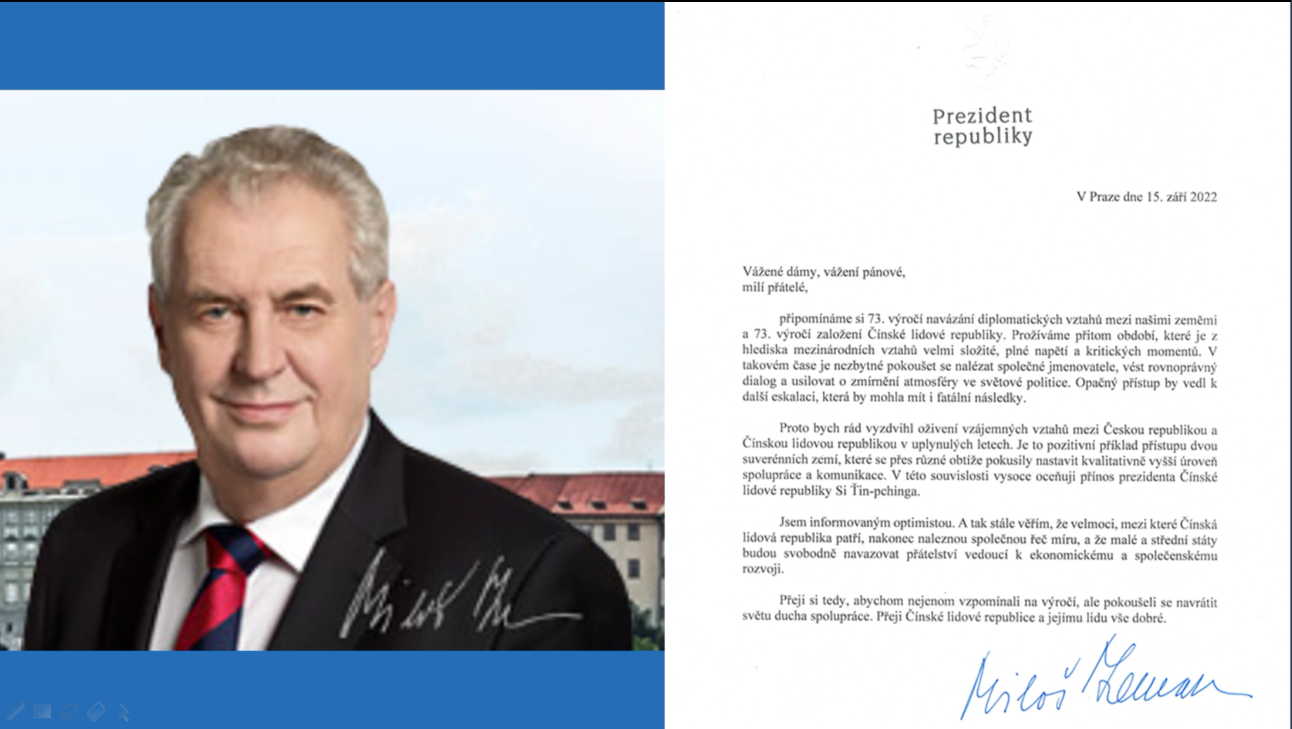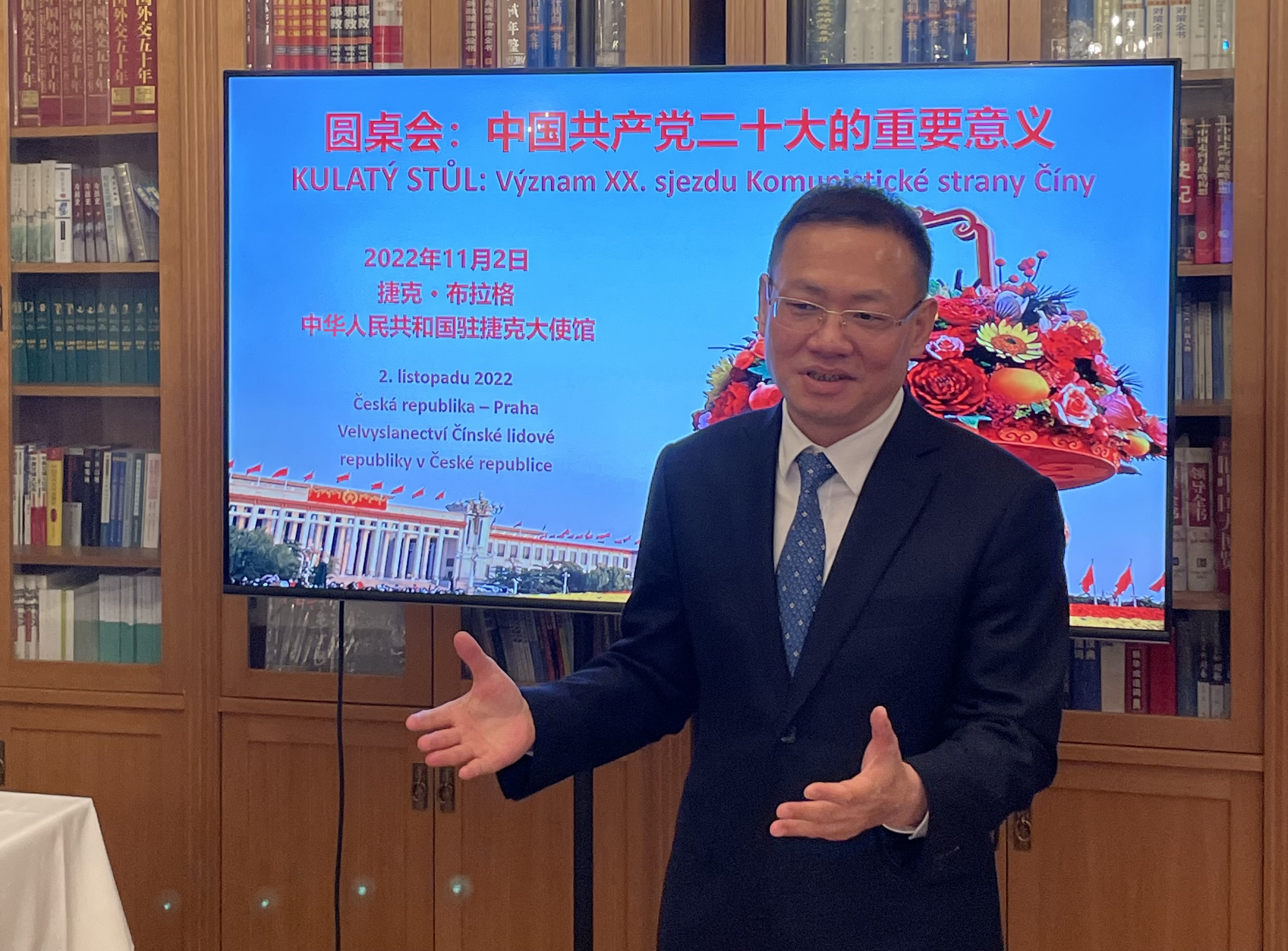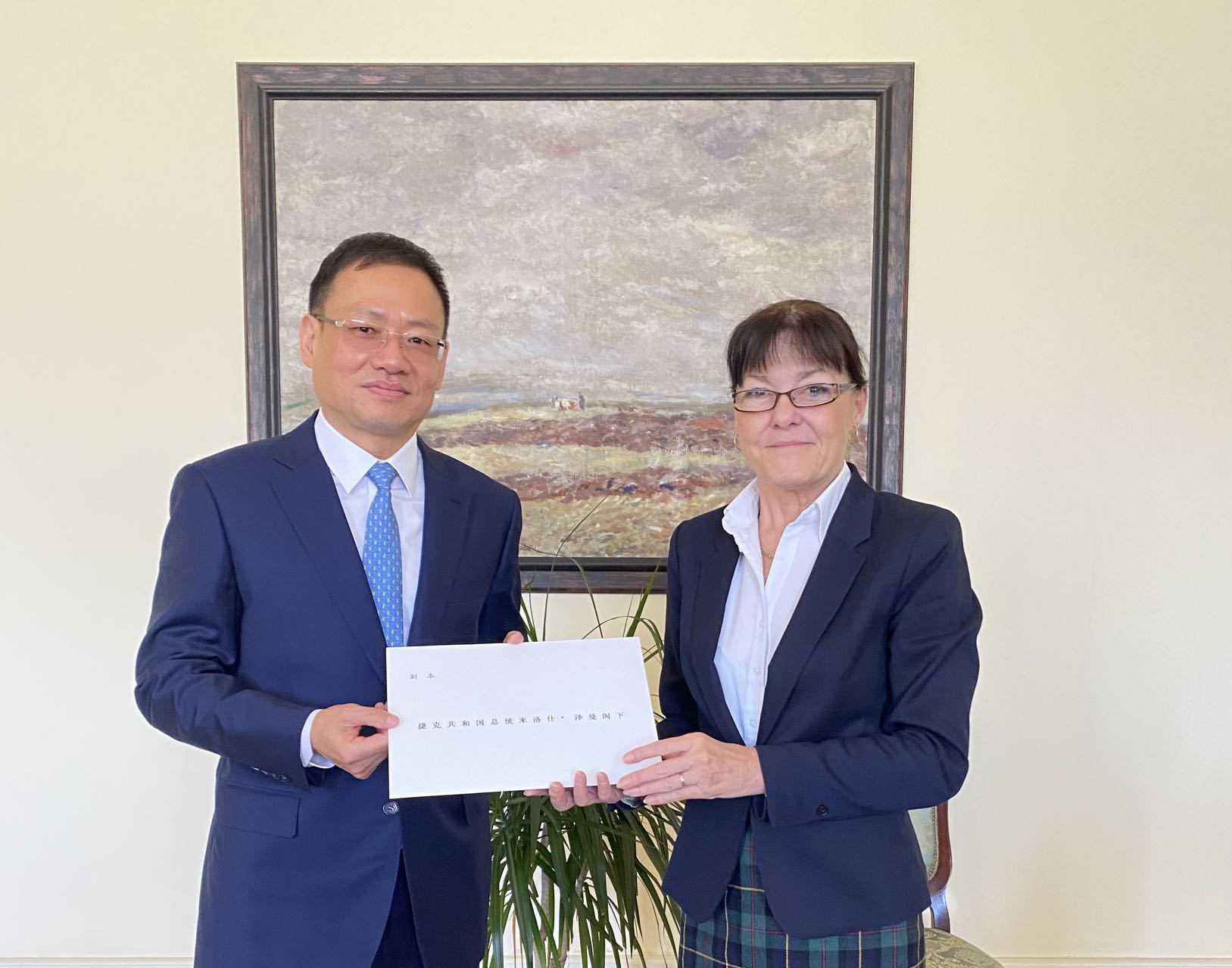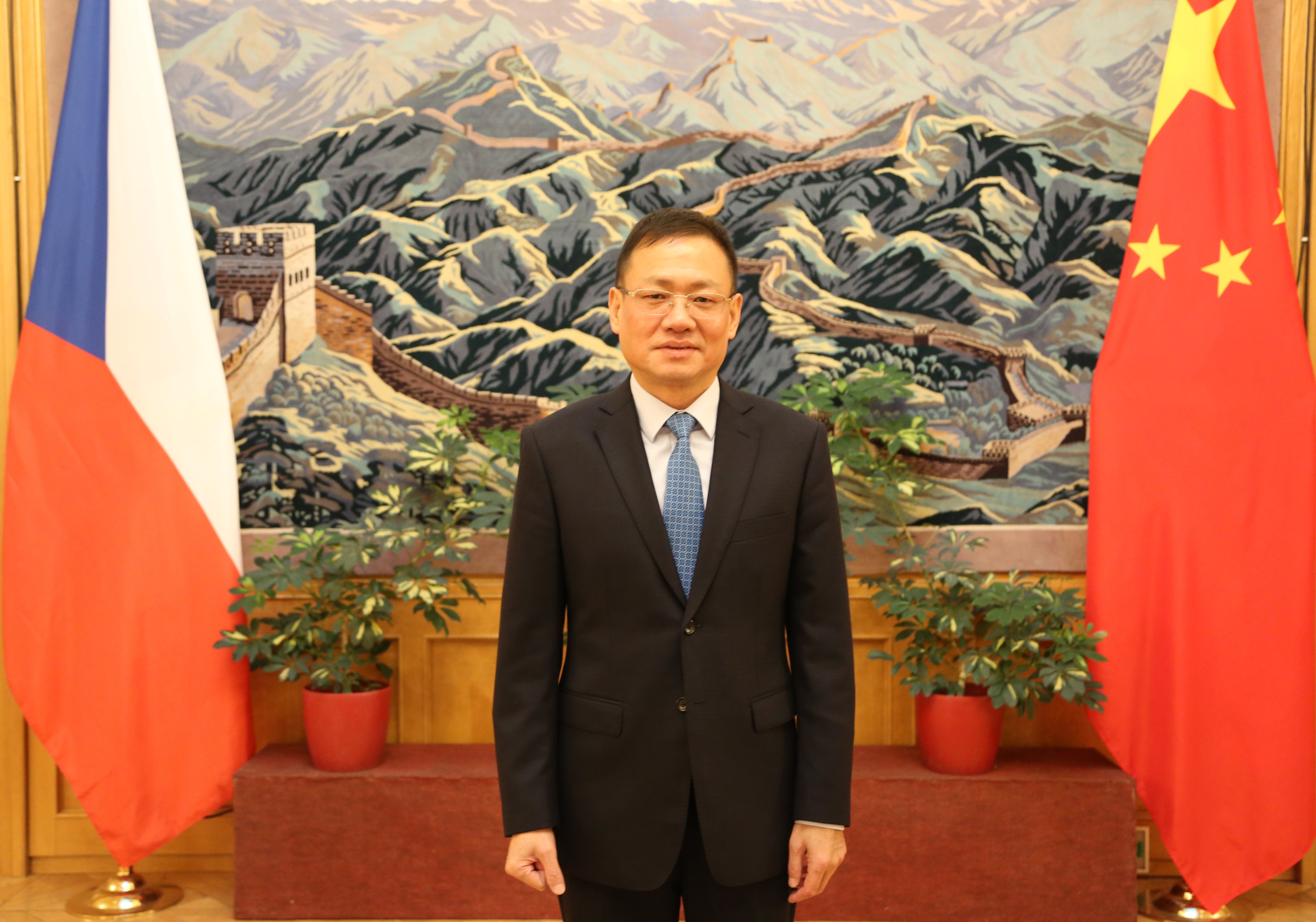By Wu Qi, China Features
In his most recent trip to China in early June, European Union (EU) Trade Commissioner Peter Mandelson was awed at the huge volume of goods headed for Europe that "still aren't even slightly matched by trade flowing in the other direction."
After visiting the container terminal of Maersk Logistics (China) in Shenzhen, a bustling port city in South China, Mandelson complained that three out of every four containers sent from Shenzhen to the EU came back empty.
The remark highlighted the concerns of China's major trade partners in Europe and the United States, who are struck by the scale and pace of China's economic resurgence since the country began its epoch-making reform and opening in the early 1980s. They worry that the flood of made-in-China goods will impinge on their own domestic industries.
"The case of containers is a good example of the real trade relations between China and the EU," said Chinese Ministry of Commerce spokesman Chong Quan.
"Seventy percent of China's exports to the European Union are labor-intensive products with low value and high quantity, while 80 percent of imports from the European Union are capital and technology-intensive products with high value and limited quantity," said Chong Quan.
"An Airbus aircraft China purchases from the European Union equals 80 million pairs of shoes exported by China in terms of value," Chong said. "China-European Union trade is strongly complementary and mutually beneficial."
However, many European and American analysts disagree with Chong's characterization. One thing is certain: China's success story stokes protectionist instincts and is the acid test of countries' commitment to free trade across the world.
Trade disputes
China's foreign trade has surged at an average annual rate of more than 30 percent over the past five years since its accession to the World Trade Organization in 2001. From 2001 to 2005, China doubled the total value of its imports and exports as China's share of gross world trade rose from 4 percent to 6.7 percent.
China's soaring foreign trade facilitates economic growth in the country. In recent years, China's GDP growth averaged 9.4 percent a year, far higher than the rate of global economic growth. Exports are growing faster than imports. China's trade surplus more than tripled from US$32 billion in 2004 to a record US$102 billion in 2005, the 12th consecutive annual surplus. In the first half of this year, China chalked up a $61.5 billion surplus, up 54.9 percent year-on-year, according to General Administration of Customs statistics.
China's trade surplus with the US was $80 billion in 2004 and exceeded $110 billion in 2005, according to official statistics. With a growing trade surplus, China is under pressure from the United States to raise the exchange rate of the yuan: many American economists attributed their country's increasing trade deficit to the RMB's fixed peg, which they said had prevented the Chinese currency from its natural tendency to appreciate in value against the dollar. In July 2005, China abandoned the yuan peg to dollar, and raised the value of the RMB by 2 percent to 8.11 per US dollar. The RMB exchange rate had fluctuated around 8 yuan per dollar over the past year, with the rate for July 31, 2006 at 7.9792 yuan against one dollar.
But the trade imbalance between China and the United States cannot be solved by relying solely on appreciation of the Chinese currency, said Morgan Stanley chief economist Stephen S. Roach.
"In fact, a major part of China's trade surplus is created by multinationals as they eye low labor costs in the country and choose to produce their labor-intensive products in China," said Wu Xiaoling, deputy governor of the People's Bank of China, the country's central bank.
Attracted by low labor costs, multinational companies began shifting their manufacturing to China in the 1980s, opening factories to process materials and export the processed products.
"The fact is China's trade surplus mainly comes from the processing trade and most exports by these multinationals have been included in China's trade figures. A high proportion of export profits in fact stay in the pockets of multinationals," said Mei Xinyu, a trade expert with the Ministry of Commerce.
In the first half of this year, foreign-invested, export-oriented processing firms generated total foreign trade of $465.3 billion, up 25.8 percent from a year ago, accounting for 58.5 percent of China's total. In comparison, China's state-owned enterprises posted $195.3 billion in foreign trade, up 11.7 percent, while private firms' imports and exports rose 34.9 percent to $135.1 billion.
"Meanwhile, the United States restricts its exports of high-tech products to China, which also makes it lose its advantage in high-tech products trade with China," said Wu Xiaoling.
Time to change
"In addition to the brisk global demand for China-made products and the ongoing migration of industries from developed to developing nations, China's huge trade surplus is also triggered by the country's previous policy of encouraging exports and restricting imports," said Zhao Jinping, deputy director of the foreign economic department of the Development and Research Centre under the State Council, China's cabinet.
In the early 1980s, China advocated an export-oriented economy. Needing foreign exchange, advanced technology and job opportunities, China provided export tax rebates and granted preferential treatment to export-oriented companies in land use, taxation and finance, and granted preferential policies in land and taxation to foreign investors.
However, China's trade surplus "indicates latent risk of economic fluctuations," said Li Yong, China's vice finance minister. Of the three main engines driving Chinese economic growth -- exports, investment and consumption – the latter is the weak link.
Domestic consumption is far lower than the international average. Chinese families must save money to safeguard themselves against an unreliable social security system, acute unemployment and rising education and health care costs.
"Excessive reliance on exports makes the structure of China's newly increased demand adjusted more according to international demand and international division of labor, and the product structure is concentrated mainly on low-end labor intensive, land-intensive and resource-intensive fields," said Zhang Xiaoji of the State Council's Development Research Centre.
Once the international demand structure changes, some export supply will be turned into excess production capacity. And if production costs rise or better investment opportunities appear in other nations, foreign investment will transfer from China to other regions, said Zhang Xiaoji.
Besides, due to the coarse economic growth mode, high-speed growth of exports in China comes at a social cost. China's foreign trade costs do not cover environmental protection costs, social security costs for migrant workers and compensation costs for resources, according to Fu Ziying, assistant to commerce minister Bo Xilai.
An economy driven by surging exports and fixed assets investment will not develop a sustainable mode, warned Zhang Xiaoji. "It is time for the government to adjust its export policy."
Traces of optimism
China, realizing the problem, has restructured the export mix: increasing export tariffs and lowering export rebates in 2005. In the first six months, electrical appliances and machinery maintained a high export growth rate of 30 percent, accounting for 57 percent of China's total exports, an increase of 11 percent over 2001, according to the Ministry of Commerce.
Exports of new and high-tech products increased 32 percent. They accounted for 29 percent of total exports, an increase of 11 percent over 2001. Exports of textile products, white goods, toys and shoes reported moderate export growth. Exports of billets, unforged aluminum and coke dropped by 36 percent, 20 percent and 11 percent year on year, respectively.
The export destinations of Chinese goods are diversifying. The US, EU and Japan now form 50 percent of China's export market, down from 58 percent. Emerging markets like Russia and South Africa are soaring.
China's foreign trade structure has evolved through three phases: In the 1980s, China mainly exported light industrial products, textiles and apparels. In the 1990s, China mainly exported electrical appliances and machinery, of a higher technological content. Since its WTO accession in 2001, China has boosted its exports of new and high-tech products based in the IT industry.
Long way to go
"The Chinese government wants to see a trade balance. We don't deliberately seek a rising surplus," says Chong Quan, the commerce ministry spokesman. It is hard for Chinese scholars and officials to find an effective way to curb further growth of the foreign trade surplus in the face of brisk demand on the international market.
"China's trade surplus will not reduce in a short time because the world's trade pattern -- consumption in the United States and Europe, processing in Asia -- will not be adjusted in the short term," said Bo Xilai, Minister of Commerce.
To promote sustained development of the domestic economy, China is set to adjust its foreign trade and investment policies. China will gradually integrate corporate taxes paid by domestic and foreign companies, said Vice Finance Minister Li Yong.
To increase the technical content and added value of export products, the Ministry of Commerce has decided to establish a foreign trade development fund this year, to support Chinese companies' research and development and independent innovation.
China has tried hard to balance foreign trade, but "by no means will the adjustment harm people's enthusiasm in using foreign capital and developing foreign trade," said Fu Ziying.
- end -






